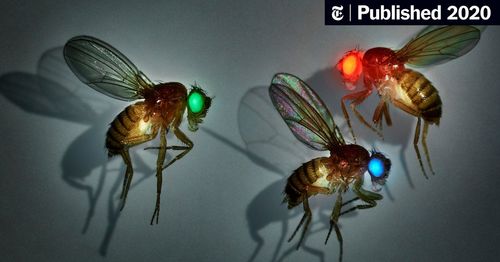
The Gene Drive Dilemma
link
summary
This article from The New York Times Magazine explores the concept of gene drives and their potential use in eradicating disease-carrying mosquitoes. Gene drives are a genetic engineering tool that can modify entire populations of species by controlling the inheritance of specific traits. The article delves into a project aiming to use gene drives to alter the genes of Anopheles mosquitoes, which are responsible for transmitting malaria. It discusses the ethical and ecological concerns associated with this technology, as well as the potential benefits of reducing or eliminating mosquito-borne diseases. The article provides an in-depth examination of the promises and risks of gene drives, offering a thought-provoking perspective on the future of genetic engineering and public health.